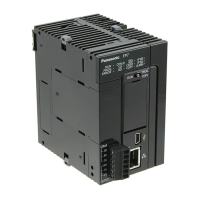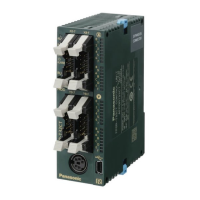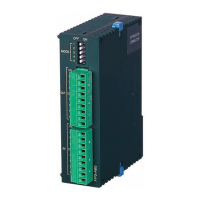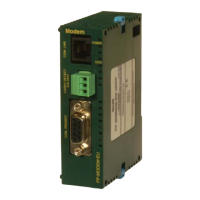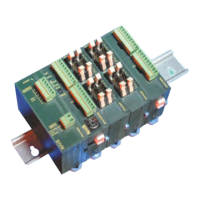Example 5) Converting unsigned 16-bit binary data (2 data) to decimal ASCII data (10
digits x 2)
The low byte of DT100 is set as the beginning of the storage area. 5 digits are stored as
significant figures. If the control string is "u", the sign "+" is not output.
␣ ␣
␣ ␣
␣ ␣
H 2020
H 2020
H 2020
2 1
4 3
6 ␣
␣ ␣
0
H 3620
H 2020
H 3231
H 3433
H 3020
H 04D2
DT100
DT101
DT102
DT103
(characters)
[S2]…DT0
[D]…DT100
[D]
DT104
[i]…US
[S1]…"%+10.5u"
[N]…H
DT0
DT105
DT106
DT107
U 1234
Convert 16-bit data into decimal ASCII data (10 digits)
①ASCII data (reverse direction)
:
:
00020001
②Storage start position (0) [D]+0 bytes
③Conversion data amount (2) Convert [S2] and [S2]+1
[S2]
[S2]+1
[S2]
② Storage start position = +0 bytes③ Conversion data amount = 2
DT0: U 1234 (H 04D2) → DT100 to DT104: "␣␣ ␣ ␣ ␣ 01234"
DT1: U 65480 (H FFC8) → DT105 to DT109: "␣␣ ␣ ␣ ␣ 65480"
4 5
0 8
H 3038
H 3435
DT108
DT109
H FFC8
DT1
U 65480
DT2
␣
Example 6) Converting unsigned 32-bit binary data (2 data) to decimal ASCII data (12
digits x 2)
The low byte of DT100 is set as the beginning of the storage area. It is stored left-aligned (low
word side). Spaces are inserted.
14.9 BTOA (Conversion: BIN → ASCII)
WUME-FP7CPUPGR-12 14-37

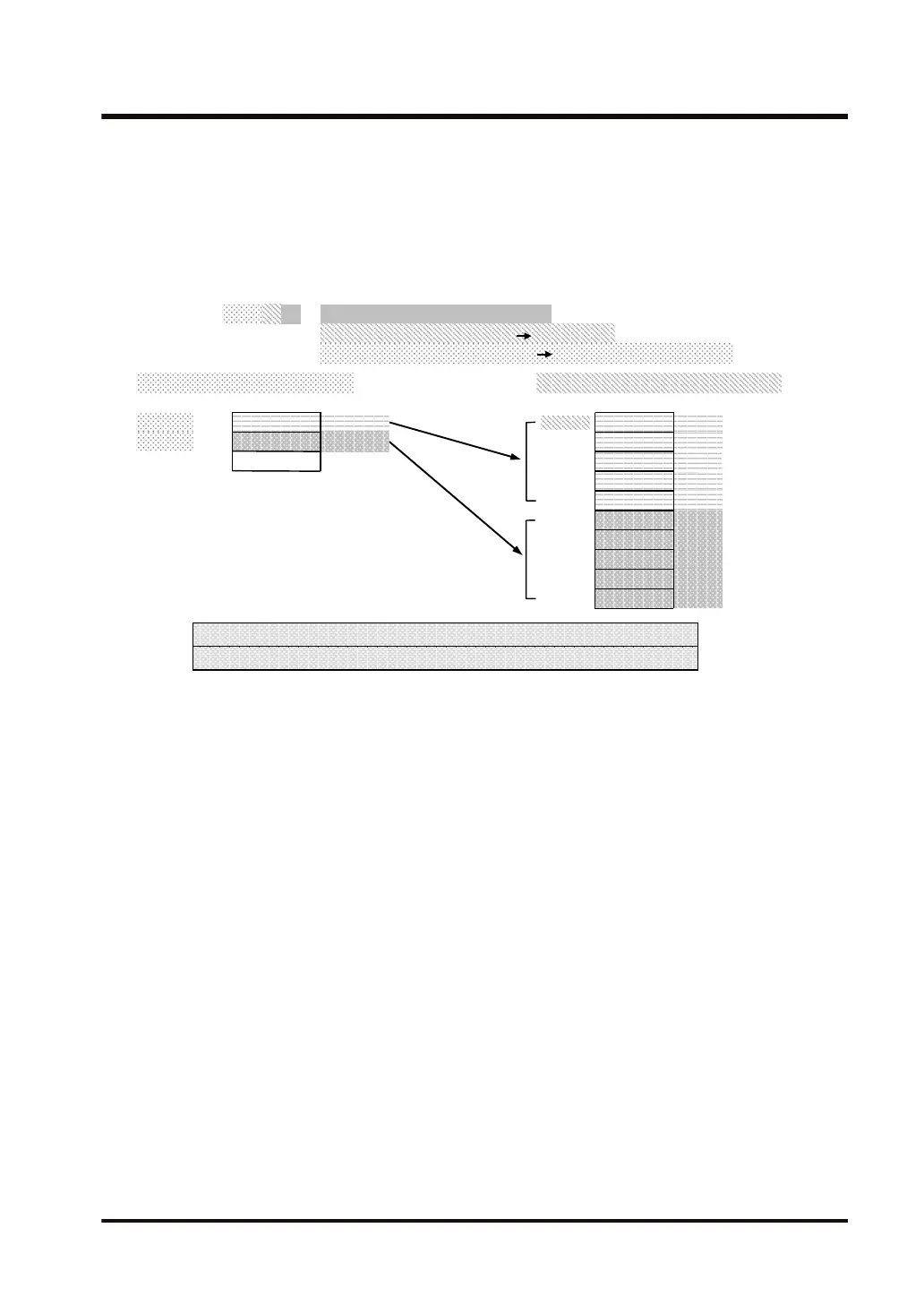